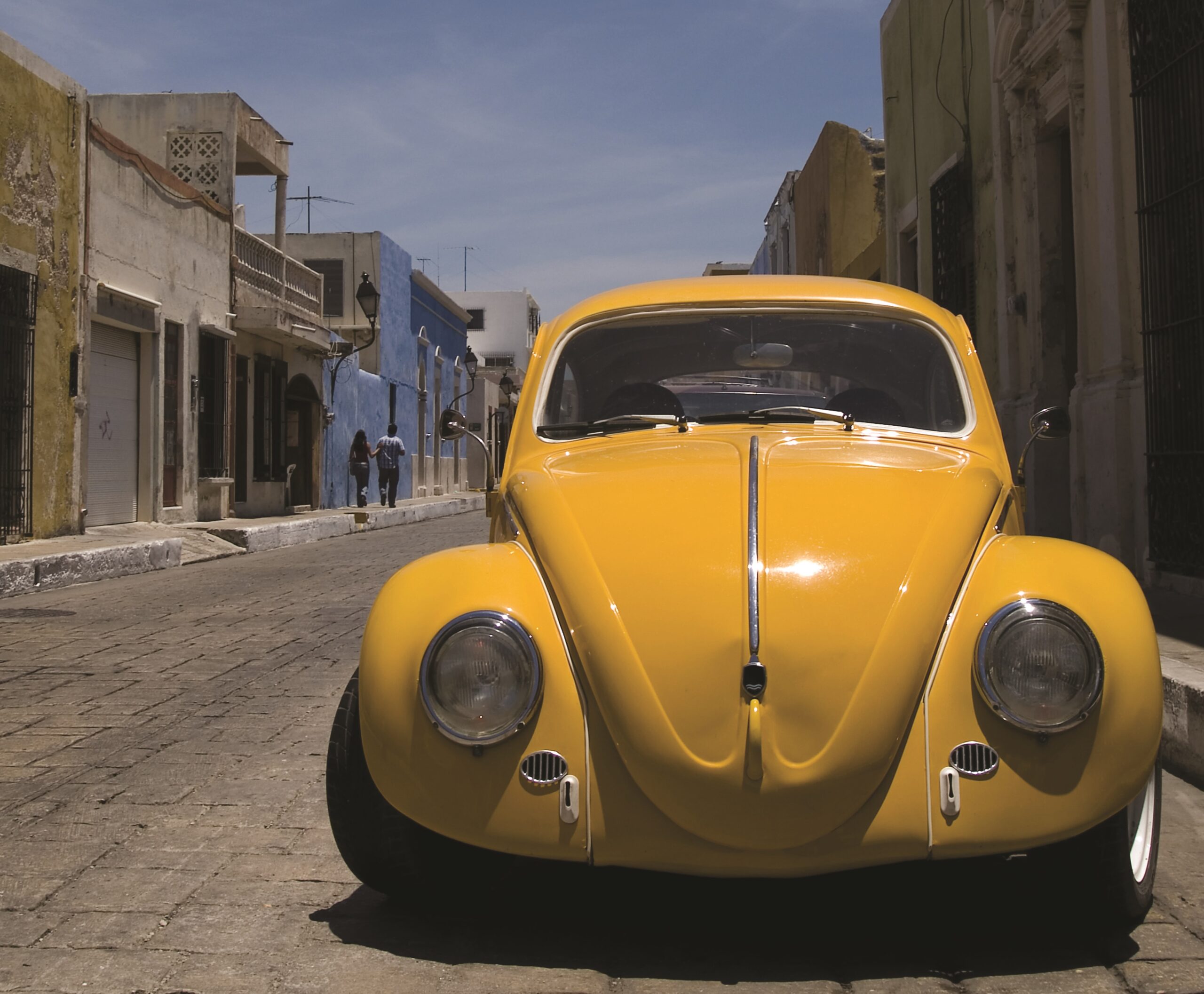Over the last two decades, Americans’ driving experience has been transformed by the proliferation of light trucks–vans, minivans, pickup trucks, and sport utility vehicles. Recently, news reports have castigated these trucks–which weigh about 1,000 pounds more than cars–as a menace on the nation’s highways, especially in car-truck collisions.
What few realize is that, according to recent research, more than half of the increased market share of light trucks has been induced by government regulation–specifically, the federal law mandating fuel economy standards for new vehicles (Godek 1997).
For the past 20 years, the Corporate Average Fuel Economy Standard (CAFÉ) has required fleets of passenger vehicles sold in the U.S. to meet specific miles-per-gallon standards. The standard for cars, established in 1978 at 18.0 mpg, is now 27.5 mpg. The standard for light trucks, initially set in 1980 at 17.5 mpg, is currently 20.6 mpg. Hence, from the beginning, the CAFÉ standards were more stringent for cars than for light trucks, and they have been raised more sharply (up 52.8 percent for cars, versus up 17.1 percent for light trucks).
Manufacturers may meet these standards by reducing vehicle weights or by increasing the fuel efficiency of vehicles of a given weight. In practice, they have done both, yielding less powerful, lighter cars. Unfortunately, occupants of lighter cars are more likely to be killed or seriously injured when they are involved in crashes. Nearly a decade ago, Robert Crandall and John Graham estimated that the CAFÉ-induced decline in new car weights was associated with about a 20 percent increase in occupant fatalities (Crandall and Graham 1989).
Apparently, consumers are not happy with the lighter and less powerful cars. Indeed, according to economist Paul E. Godek, CAFÉ has induced consumers to move away from small cars and into larger, higher-powered vans, pickups, and sport utility vehicles. Between 1975 and 1995, the light-truck share of passenger vehicles rose to 41.5 percent from 20.9 percent. Godek estimates that without CAFÉ the light truck share would only have been 29.2 percent. Hence, about three-fifths of the rise in the light-truck market share has been induced by the CAFÉ standards.
The original goal of CAFÉ was (in part) to induce substitution from large cars to small ones. But the rise of the light truck has, to some extent, frustrated this intent. Two consequences have resulted. First, light trucks are less fuel-efficient than passenger cars, so fuel economy has risen less than if light-truck substitution had not been possible. Godek provides no estimates of the size of this effect, but my back-of-the-envelope calculations suggest it is fairly modest–reducing overall fuel economy by about 0.8 mpg.
More important are the consequences in the arena of passenger vehicle safety. Despite their name, light trucks are heavier than cars. Because there are more light trucks on the road with CAFÉ-lightened cars, drivers of those cars are now at increased risk of death in crashes involving light trucks. This is the effect that made the headlines some weeks ago.
But there is a second effect. The occupants of light trucks are protected by the very mass that is hazardous to the occupants of cars. And this mass not only protects light-truck occupants from cars, it protects them from heavy trucks, trees, wildlife, and so on. This, in turn, tends to cut accident fatalities. Crandall and Graham’s earlier work on the impact of vehicle weight on fatality rates suggests that the substitution toward light trucks may actually, on balance, have reduced overall fatalities–but this is by no means a settled issue.
There remains one mystery in the CAFÉ story, which is why the law was originally enacted. If the real objective of CAFÉ was fuel economy (and thus, in part, environmental protection), this could have been accomplished much more cheaply with a direct tax on gasoline. Godek argues that the structure of the law suggests a different congressional motive. CAFÉ treats domestic and imported cars separately. Manufacturers must meet the standard for both fleets, so they can’t simply import fuel-efficient cars to bring up the average mpg of their domestic cars. Instead, they must make more small cars here in America. Thus, CAFÉ has protected the jobs of domestic auto workers–giving us one more example of a law supposedly enacted to achieve a high-minded goal that instead serves chiefly to insulate a U.S. industry from the rigors of competition.
So, the next time a minivan takes your parking place, or an oversized four-wheeler tailgates you, remember this: Their owners are just trying to prevent Congress from killing them to save jobs in Detroit.
REFERENCE
Godek, Paul E. 1997. The Regulation of Fuel Economy and the Demand for ‘Light Trucks.’ Journal of Law & Economics (October): 495-509.
Crandall, Robert W., and John D. Graham. 1989. The Effect of Fuel Economy Standards on Automobile Safety. Journal of Law & Economics (April): 97-118.
Daniel K. Benjamin is a PERC senior associate and professor of economics at Clemson University. His regular column, “Tangents-Where Research and Policy Meet,” investigates policy implications of recent academic research. He can be reached at: wahoo@clemson.edu




